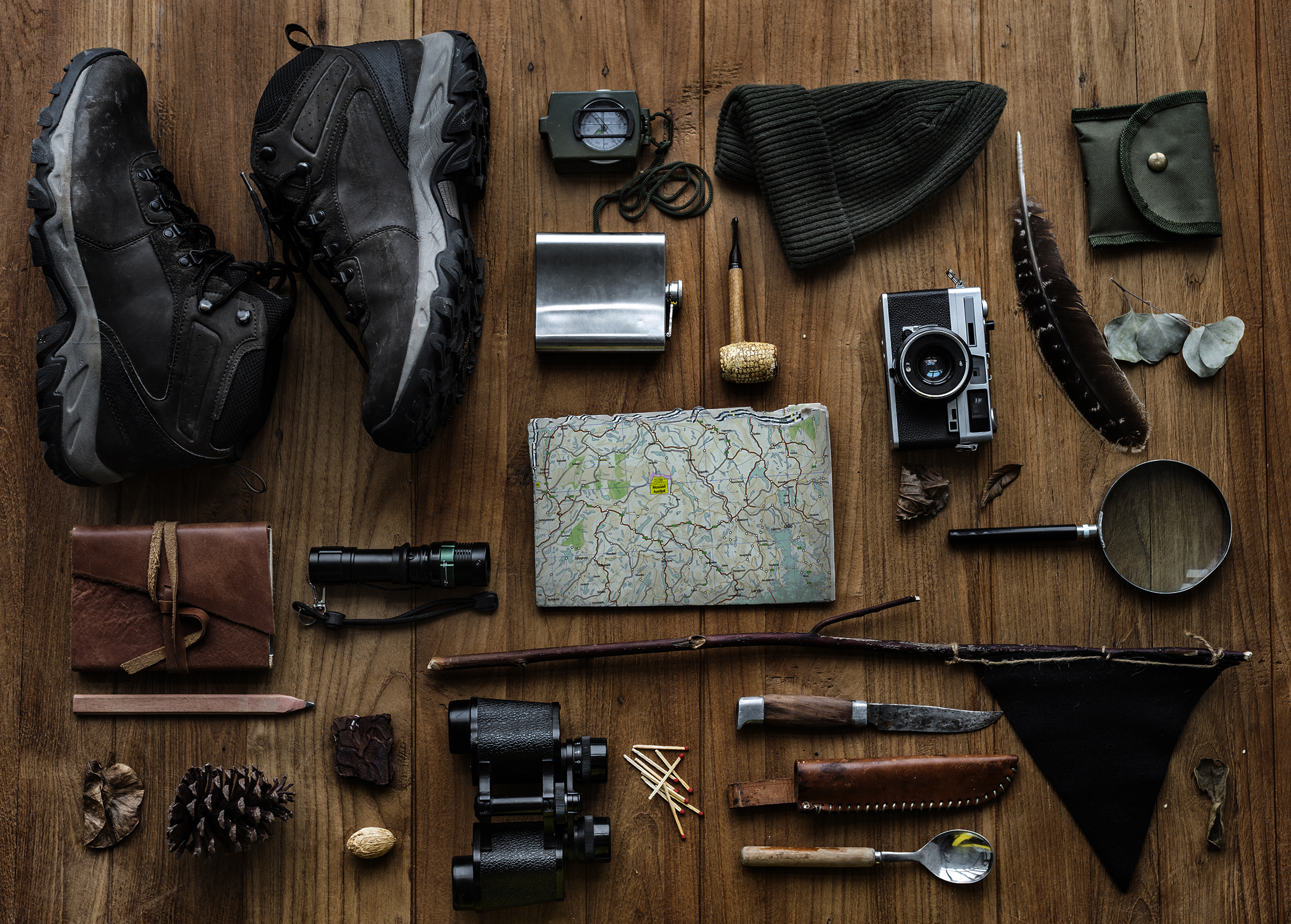Having a first aid kit is a critical aspect of being prepared for emergencies. Whether you’re at home, in your car, or on an outdoor adventure, a well-stocked first aid kit can make a significant difference in how you respond to injuries or medical situations. First aid kits provide the necessary tools and supplies to treat minor injuries and stabilize severe ones until professional medical help can be obtained.
The Importance of Having a First Aid Kit
First aid kits are essential for immediate medical response. They empower individuals to address injuries like cuts, burns, sprains, and even allergic reactions promptly. Quick and effective treatment can prevent complications and promote faster recovery. For families, having a first aid kit ensures that you can quickly take care of your loved ones in case of accidents. In workplaces, first aid kits are a legal requirement to ensure the safety of employees.
Exploring Different Types and Essential Components
First aid kits come in various types, each designed to cater to specific needs and settings.
Types of First Aid Kits
- Home First Aid Kits: These kits are designed to address common household injuries and should be kept in an easily accessible location. They typically include items like bandages, antiseptic wipes, scissors, and pain relievers.
- Travel First Aid Kits: Compact and lightweight, these kits are perfect for travelers. They often include additional items like insect bite treatments and motion sickness tablets.
- Workplace First Aid Kits: These kits must comply with occupational health regulations and are equipped to handle multiple types of injuries. They may include eyewash stations and burn treatment supplies.
- Outdoor First Aid Kits: Designed for hikers and campers, these kits include items like blister treatments, insect repellents, and snake bite kits.
Essential Components
While the contents may vary based on the type of kit, essential components typically include:
- Adhesive bandages and gauze pads
- Antiseptic wipes and ointments
- Tweezers and scissors
- Pain relievers and antihistamines
- CPR mask or face shield
Tips for Choosing the Best First Aid Kit
When selecting a first aid kit, consider the environment and potential risks. For home use, ensure the kit covers a wide range of injuries and illnesses. For outdoor adventures, prioritize kits that are waterproof and include survival items. Regularly check the kit to replace expired items and customize it to fit your specific needs.
Conclusion: Investing in Quality First Aid Kits for Safety
Investing in a quality first aid kit is crucial for safety and preparedness. Having the right tools on hand can make a significant difference in handling emergencies effectively. Whether at home, work, or in the great outdoors, a well-equipped first aid kit ensures you’re ready to provide immediate care. Embrace safety and preparedness by choosing the right first aid kit for your needs, and gain peace of mind knowing you’re prepared for whatever comes your way.

